It’s only natural for businesses to strive for positive reviews of their product or service, right? After all, what brand or retailer actually likes receiving negative reviews from customers? Who wouldn’t want to receive a glowing review from a customer?
Plus, thanks to word-of-mouth marketing, we know just how powerful a positive review is for a brand. In fact, data from the Proven Power of Reviews report found 95% of consumers consult customer reviews prior to making a purchase. Seeing reviews with positive sentiment is the push customers need to turn from browsers to buyers.
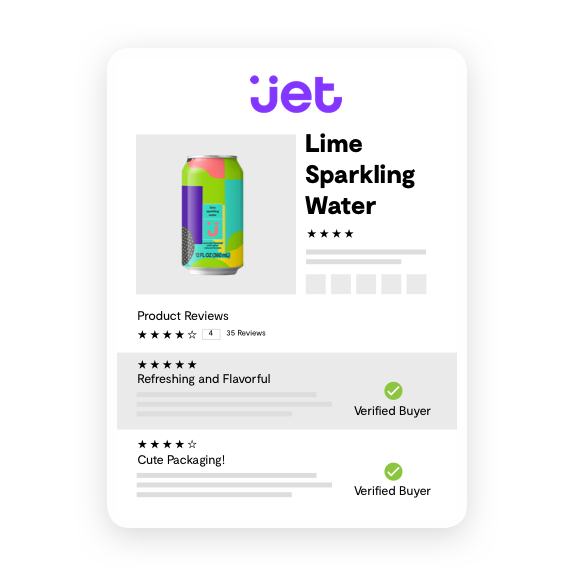
But what happens when your brand receives negative reviews from customers? Do you throw in the towel and preemptively close up shop—or worse, reply with an equal amount of negativity?
Here’s the thing–negative reviews are not the end of the world.
Instead, this negative feedback can give brands and retailers a major leg-up–if you know how to leverage them properly.
What Role Do Reviews Play in the Customer Journey?
The power of customer opinion is one that shouldn’t be underestimated. Whether a customer chooses to give an opinion in a negative review, on social media or through a text with with a friend, you can be certain consumers share their experiences.
Nick Hajili explained this in the International Journal of Market Research by saying the influence of trust and how it motivates consumers to buy is essential in the customer journey.
“Trust, encouraged by social media, significantly affects the intention to buy,” said Hajili. “Therefore, trust has a significant role in ecommerce by directly influencing intention to buy and indirectly influencing perceived usefulness.”
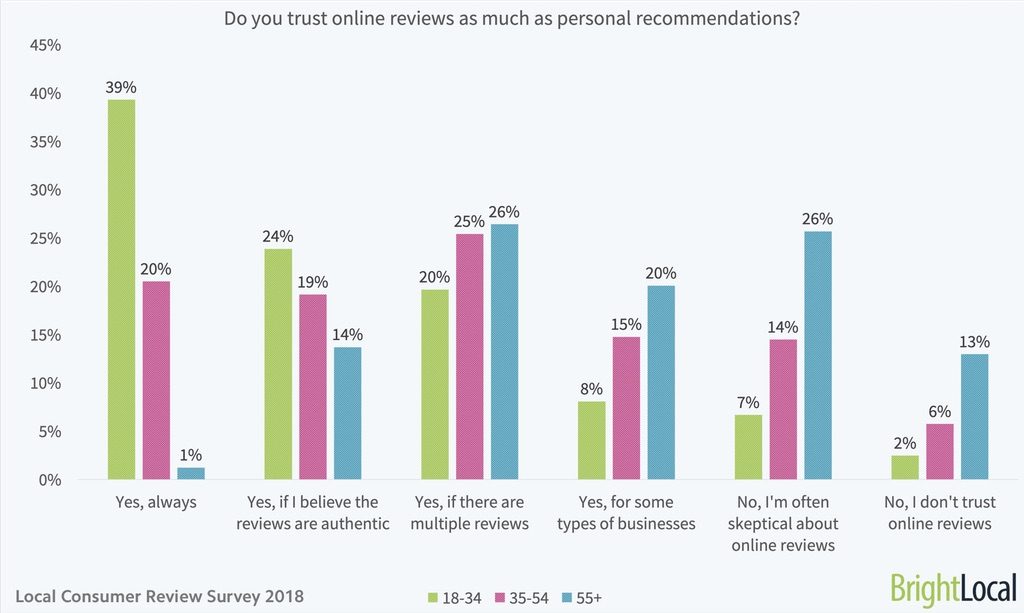
Online reviews help customers form educated opinions of a product or service, which is why word-of-mouth marketing is so powerful. Data from BrightLocal found 91% of shoppers between the ages 18-34 believe reviews are as trustworthy as personal recommendations.
People trust the feedback of other people, especially those they relate to the most. Despite this number, an Impact infographic showed only 33% of businesses continuously collect reviews for their products.
In addition, if customers are going to search for information about your product or service, why not make it easy for them to find? Online review engines like Yelp, TripAdvisor and Google are go-to sources, but collecting reviews across your product pages are what truly help your business and drive more sales.
For example, one instance where reviews on your site help more than review engines is SEO. By indexing review content from your product pages, you provide search engines with more unique content and long-tail keywords to organically rank.
How Negative Reviews Affect Purchases
Negative reviews affect consumer purchases in a plethora of ways–starting with product page abandonment or even to see why customers gave a bad report. When shopping online, customers want to feel empowered in their decision before making a purchase.
Consumers are driven to research every possible aspect of a product before purchasing, especially if the item is expensive. In fact, research from PowerReviews and Northwestern University found reviews are especially impactful for products that are considered to be of a higher price in their category.
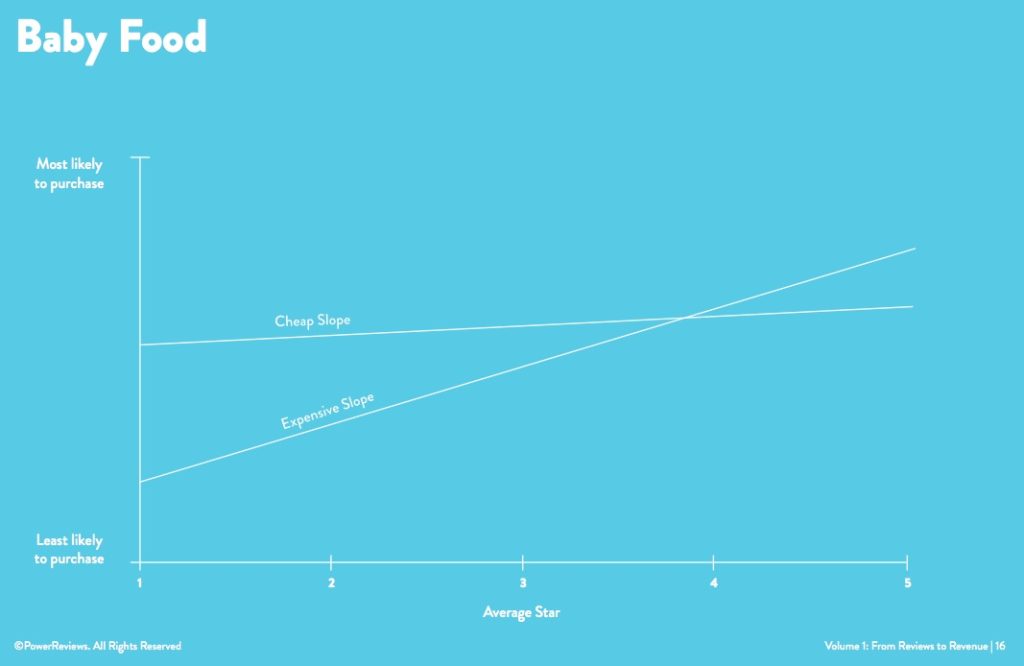
As we looked at a highly-reviewed item like baby food, our data showed there’s more trust to increase spend on products with higher ratings.
Consumers Pay Special Attention to Negative Reviews
We know customers look at positive sentiment and it affects their decisions, but what about negative reviews? For starters, almost as many shoppers who trust positive reviews also prefer to read negative reviews before buying as well.
For example, consumers look at negative reviews for various reasons, such as:
- Understand the biggest downfalls of the product product they’re researching
- Identify any specific factors that might not work for them (i.e. if a a product caused an allergic reaction)
- Learn how customers with negative experiences use the product
- Balance consumer feedback to paint a better picture of the review content
On the flip side, customers aren’t searching for perfect five-star ratings to validate their purchase decisions. In fact, perfect reviews often come across as “too good to be true.” In the same PowerReviews and Northwestern study, data showed the average rating between 4.2 and 4.5 stars is more effective and realistic compared to a perfect 5.
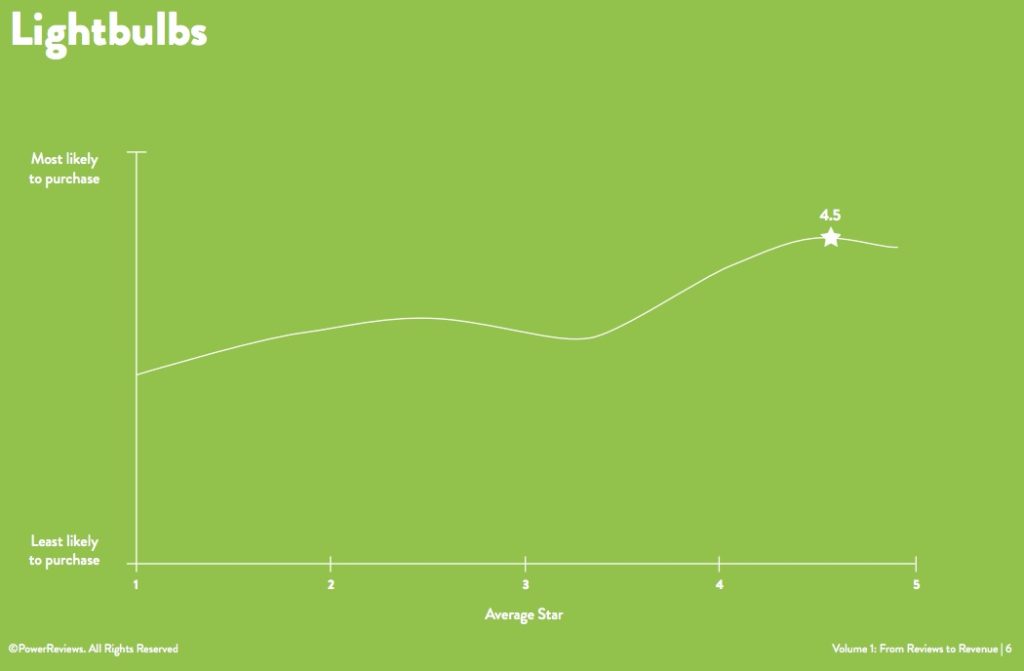
Keep in mind, customers take the review into consideration, but they also judge the reviewer as well. If a customer can’t relate to the reviewer, they are likely to ignore that review.

For example, if a customer is scrolling reviews for this lip balm, this type of review may not impact their decision. Why? After seeing the reasoning behind the supposed negative review, customers see it’s due to a personal preference instead of actual product flaw. Some customer will care about bulky packaging, others will not.
How to Use Negative Reviews to Your Benefit
Reviews go beyond customers stating whether or not they like a product. They play a major role in shaping potential customers’ opinions as well as providing valuable insight to brands.
We know that customers rely heavily on feedback to gauge purchase decisions, but what about negative reviews?
Increase Conversion Rates
There’s an overwhelming amount of data that confirms just how important displaying reviews are to driving sales. Though it may seem obvious that if you include reviews on product pages, you see an uptick in conversions. But what’s telling is just how much they help.
A study from the Spiegel Research Center found just by displaying reviews, the chance of a customer converting increase by 270%.
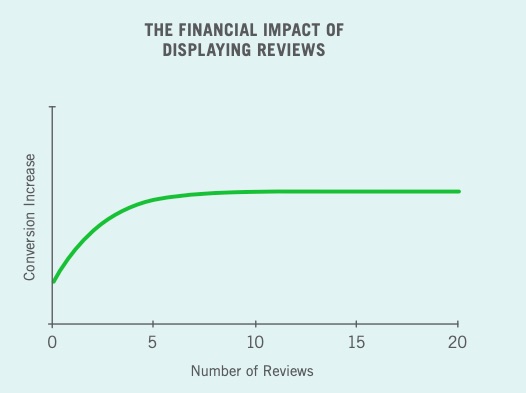
Not only do online reviews drive higher conversion rates across the board, but they also have a significant impact on higher-priced item conversions when compared to lower-priced items. The same study from the Spiegel Research Center found when reviews were shown for a lower-priced product, the conversion rate increased by 109%.
However, when reviews were displayed for a more expensive product, the conversion rate increased by 380%.
That’s quite a leap.
In the mind of the customer, higher-priced items come with more risk. Therefore, the more information at the customer’s fingertips, the more confident they feel about making the purchase. The writing is on the wall: brands that provide a means for customers to learn about their product in an honest way will see a spike in sales.
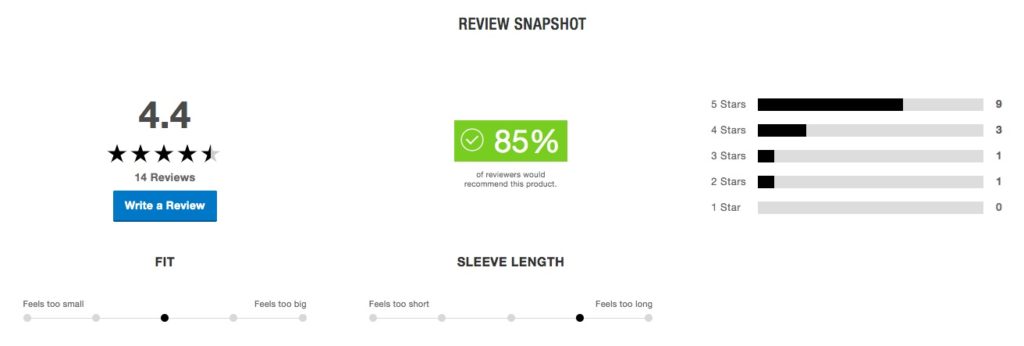
Establish Trust & Authenticity
It all boils down to keeping things honest and open with your customers. Having negative reviews on your site shows customers you aren’t afraid of them understanding your product in its entirety or of them seeing the good, the bad and the ugly of other customers’ experience with your brand.
As counterintuitive as this may seem, this builds trust between you and your customers. It also reinforces that you are on your customers’ side and want to be fully transparent with them.
A recent analysis of the 7.8 million reviews in the PowerReviews network found that on average, one-star reviews yield more “helpful” votes than other ratings. This is because not only do negative reviews validate the authenticity of review content, but because negative reviews steer customers to products that best benefit their needs.
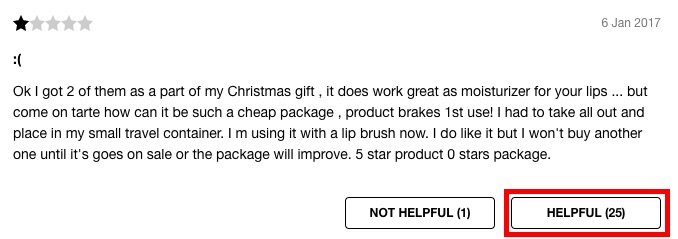
This negative review received a high “helpful” vote because it provides insight into what customers can expect to get with this particular product, not just that the product wasn’t what the reviewer anticipated.
Drive Improvement & Innovation
There’s no question that online reviews are full of valuable insight that can help you improve your products and your customers’ experience with your brand. Reviews serve as a gateway into consumers’ minds. They are the people who interact with your products, which means their customer feedback—both the good and bad–is extremely valuable.
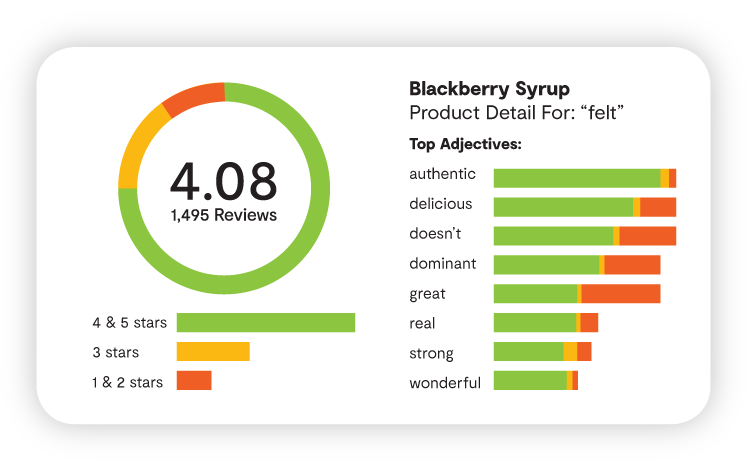
This is why PowerReviews built Product Pulse, a sentiment analysis tool that can analyze and pull insights of all your review content at the product level. Product Pulse allows brands and retailers to dig even deeper into their review content to uncover product insights that might have been missed otherwise.
In a day and age where businesses want to cut the fat of unsuccessful products or find ways to make processes more efficient and cheaper, digging into negative reviews helps. When businesses don’t look into the commonalities of their negative feedback, they miss major product malfunctions or issues that potential customers see in reviews and abandon their cart.
How to Respond to Negative Reviews
We know the importance of using negative reviews, but how can brands take this feedback a step further?
How your company addresses a bad review can speak volumes about your brand and how you treat your customers. Not to mention, you’re showing both current and potential clients that you care about their feedback and opinions.
Consider the following when addressing a negative review:
- Empathize with the customer’s frustration: However, don’t act like it’s the end of the world. It will only drive a customers’ frustration further.
- Thank the customer for their feedback: Let customers know you value their input and provide a customer care phone number or on social, ask them to DM your account.
- Offer a return, refund or exchange: Tell the customer you’re addressing the issue and not just sending a refund for a quick fix.
That's a "Yikes!" from us. Send us a DM with your order number, please. We'd like to make this right!
— Ulta Beauty (@ultabeauty) June 7, 2019
Ulta Beauty always does an amazing job answering to their customers’ concerns on social. By doing this, you have a better chance of turning a negative review into a positive experience.
How to Appropriately Reply
Think about how you want to reply to the customer as well. Remember, the bigger deal you make of the issue, the more likely the customer will feel they were scammed or mislead. So when you reply, consider how you should respond to negative reviews or feedback:
- Public reply: Be curious, genuine, and professional as other customers and potential customers may see your reply. This is your chance things right with the person who left the negative review. It also demonstrates you care about your customers’ concerns and feedback.
- Email reply: With an email reply, you’re respecting customers’ privacy. Even though you’re corresponding with them in private, there’s still a chance the customer could share your reply with the public or with family and friends. Treat any “private” correspondences as if they were public.
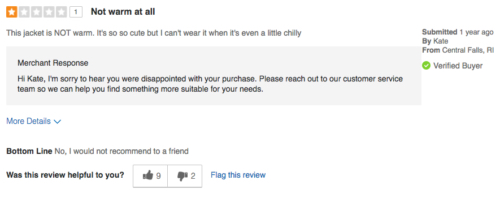
This reply from a clothing retailer is concise and polite. It also encourages the reviewer to reach out to the customer service team so they can remedy the issue. By taking the conversation offline, the brand can find out more details about the issue by focusing solely on that customer.
Let Negative Reviews Boost Your Authenticity
How your brand chooses to engage with negative reviews is just as important—if not more important—as responding to positive feedback. The way your brand handles the situation, ultimately leads to the growth of sales. Additionally, your actions provoke trustworthiness and identify areas of your product or service that need to be improved.
The bottom line: don’t ignore negative reviews. You could miss out on an opportunity for your business to shine.
Want more info on how PowerReviews helps brands and retailers increase review collection and boost sales? Reach out today to talk to one of our experts!





